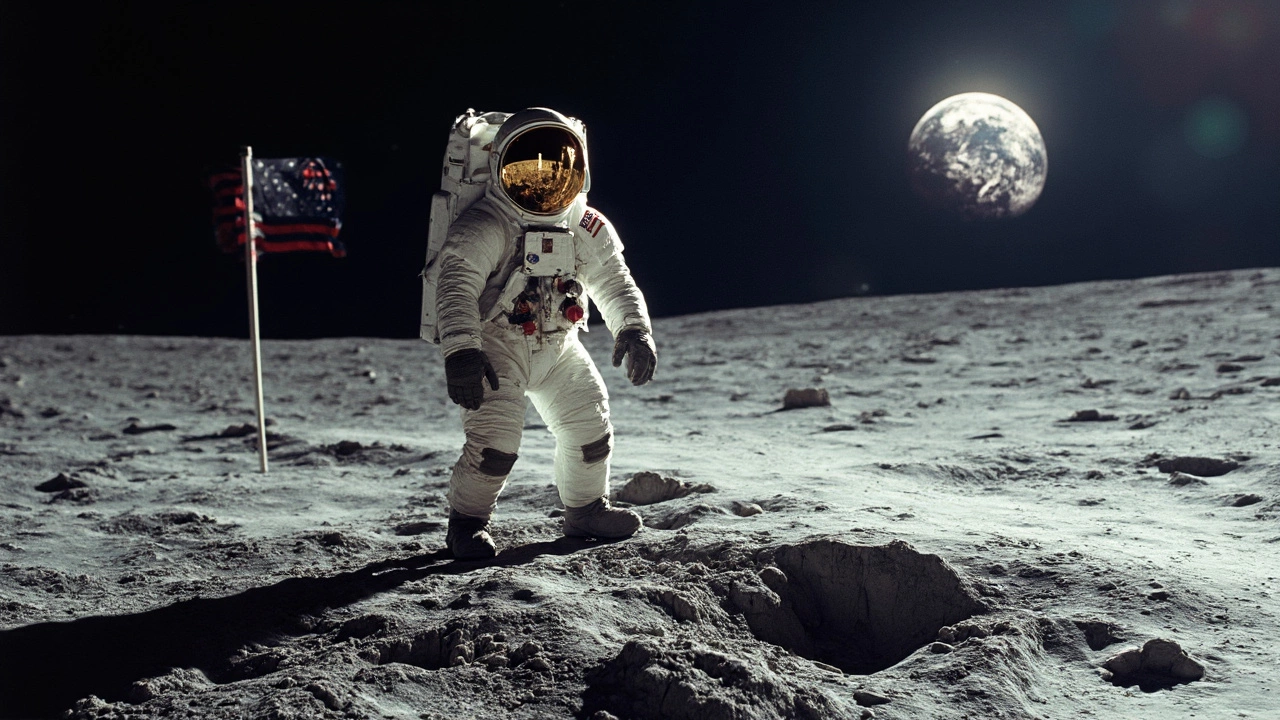NASA: How India Connects with Space Research and Tech Innovation
When you think of NASA, the U.S. space agency responsible for human spaceflight, planetary exploration, and Earth science missions. Also known as National Aeronautics and Space Administration, it doesn’t just launch rockets—it builds the tools, trains the people, and sets the standards that shape how the world explores space. But NASA isn’t just an American story. Indian scientists, engineers, and students are deeply connected to its work—through data sharing, joint missions, internships, and technology transfer. From ISRO’s Mars Orbiter Mission using NASA’s Deep Space Network to Indian interns working at JPL, the link isn’t accidental. It’s built on shared goals: understanding our planet, pushing tech limits, and training the next generation.
That connection runs deeper than missions. Technology transfer, the process of moving research from labs to real-world use. Also known as knowledge transfer, it’s how NASA’s inventions—like memory foam, water filters, and satellite imaging—end up in hospitals, farms, and smartphones around the world. India’s own startups and research centers rely on similar pathways to turn academic breakthroughs into products. And if you’re wondering how to get involved, NASA doesn’t just hire Americans. Its internships, fellowships, and open data portals welcome global applicants, especially those with strong STEM backgrounds. You don’t need to be a U.S. citizen to contribute to a NASA project—you just need the right skills and curiosity.
Astronaut careers, the path to becoming a space traveler, whether through NASA, ISRO, or private companies. Also known as spaceflight professionals, they’re not just pilots or scientists—they’re problem solvers who work across engineering, medicine, and data analysis. India’s growing space sector means more young professionals are training for roles that could one day lead to international missions. And while NASA’s astronaut selection is competitive, the skills they look for—teamwork, adaptability, technical depth—are the same ones valued in Indian labs, startups, and universities.
What you’ll find here isn’t just a list of articles about rockets. It’s a collection of real stories: how Indian researchers use NASA’s open data to track climate change, how students apply for NASA internships, how tech transfer works between space agencies and local industries, and why space science matters to everyday life in India. Whether you’re a student dreaming of space, an engineer looking to pivot, or just someone curious about how science crosses borders, these posts give you the facts—no hype, no fluff, just what’s happening now.





